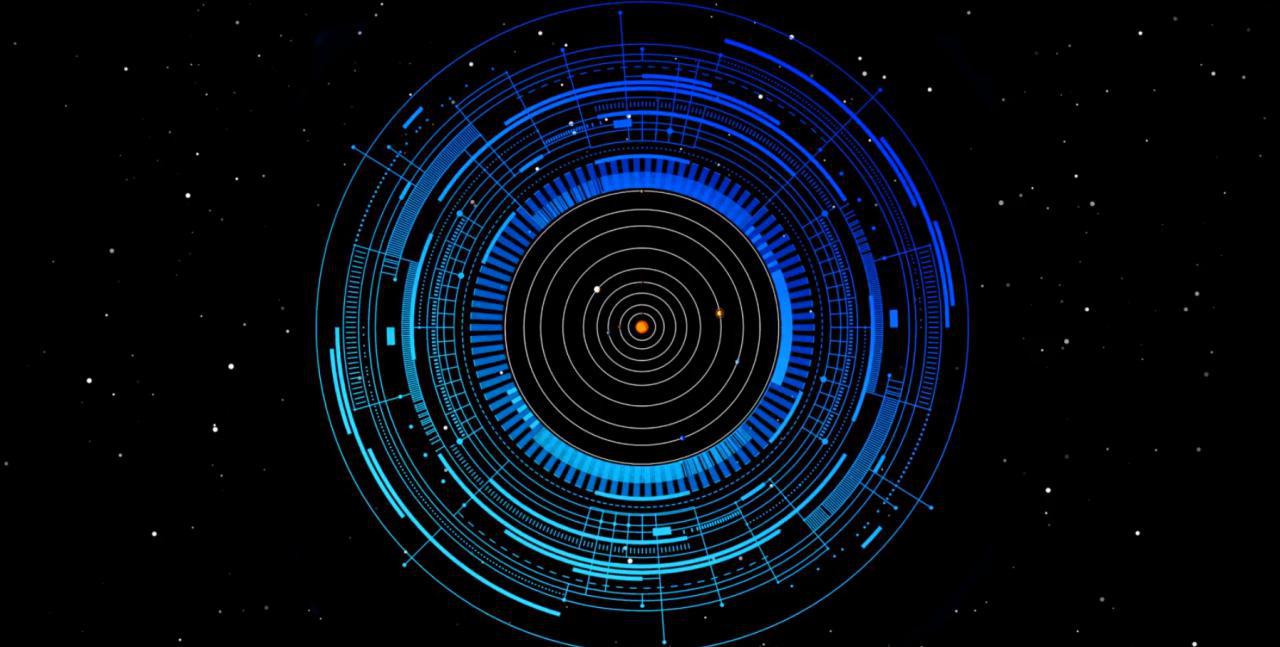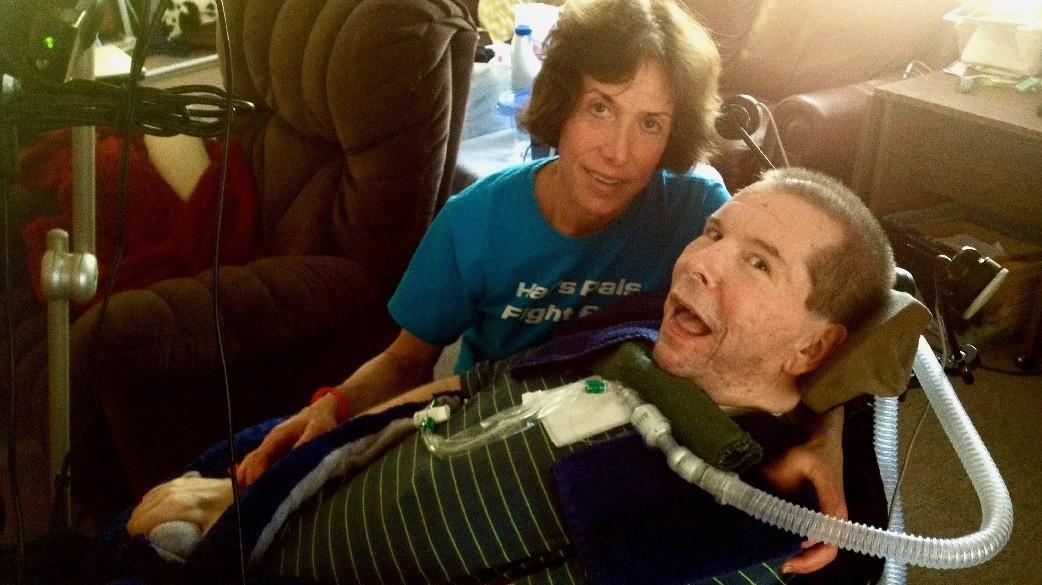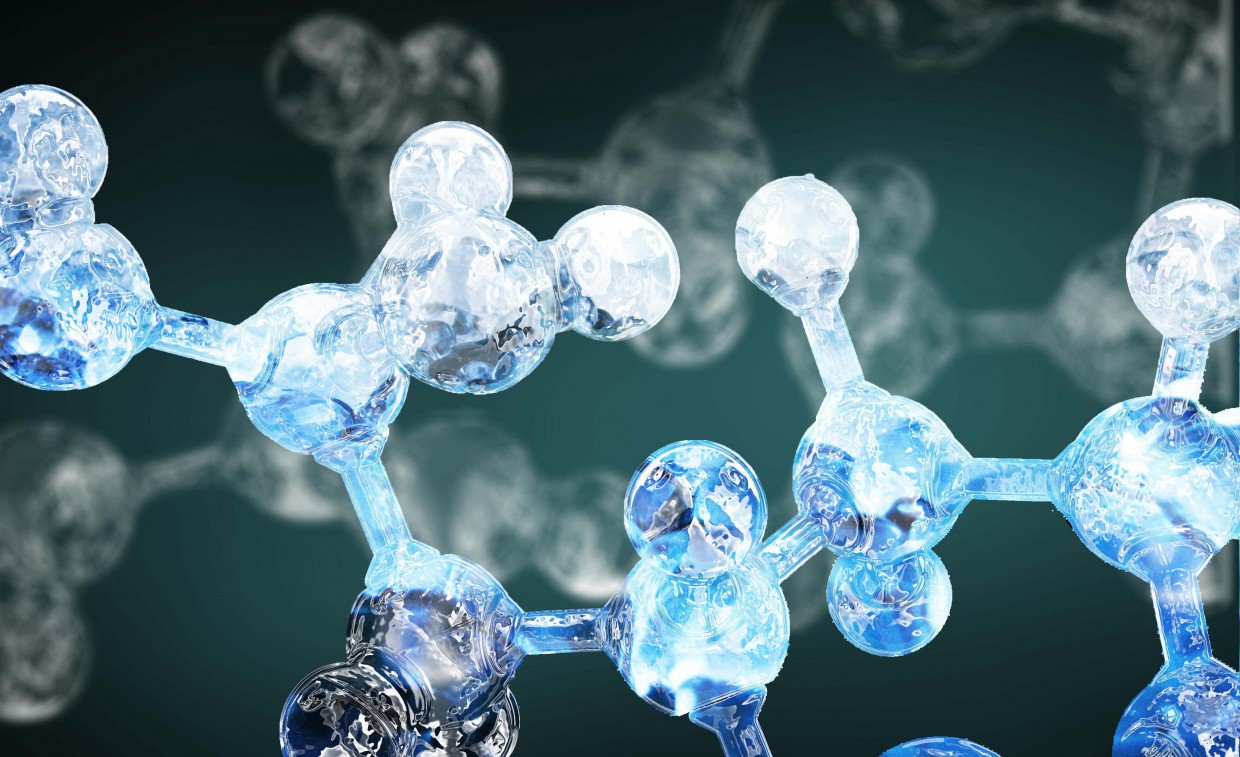Now - 22:51:35
"Bacteria schrödinger": a miracle of quantum biology?
 Source:
Source:
The Quantum world is very strange. In theory and in practice, to a certain extent, the principles of the quantum world require that the particle could be in two places at once — this is a paradoxical phenomenon known as a superposition — and that two particles can "become entangled", sharing information across arbitrarily large distances. How exactly nobody knows exactly. The most famous example of the strangeness of the quantum world can be called schrödinger's cat, a thought experiment conducted by Erwin schrödinger in 1935.
Austrian physicist mentally put the cat in a box with potentially deadly radioactive substance. The strange laws of quantum mechanics allowed the cat exist in a superposition of two States — both the living and the dead — at least as long as the drawer is opened and its contents discovered.
theQuirks of the quantum world
With all the strangeness, this concept was experimentally confirmed countless times in the quantum scale. But when scaled up to our, so to say, more simple and clear macroscopic world, everything changes. Nobody has seen a star, a planet or a cat in a superposition or in a state of quantum entanglement. But ever since quantum theory was first formulated in the early 20th century, scientists wondered where exactly intersect the microscopic and macroscopic worlds? How big can be the quantum reality and will it ever big enough to the most bizarre aspects was closely linked with living beings? Over the past two decades, the emerging area of quantum biology, was looking for answers to these questions by proposing and conducting experiments on living organisms that could help to test the limits of quantum theory.
These experiments have already yielded interesting, but inconclusive results. Earlier this year, for example, scientists have shown that the process of photosynthesis when organisms produce food using light, which could include some quantum effects. Navigation birds or our sense of smell also suggests that quantum effects can occur in living beings a most unusual way. But this is only the tip of the iceberg of the quantum world. So far nobody has been able to make a living organism — not even single-celled bacteria to manifest quantum effects such as entanglement or superposition.
And now, a new work of scientists of the University of Oxford makes some surprised to raise eyebrows, they write, that they managed successfully to confuse bacteria with photons — particles of light. A study conducted by quantum physicist Chiara, Marletto and published in October in Journal of Physics Communications, represents the analysis of an experiment carried out in 2016 with David Cowles from the University of Sheffield and his colleagues. In that experiment Cowles and company placed several hundred photosynthetic green sulfur bacteria between two mirrors, gradually shortening the gap between the mirrors up to several hundred nanometers — less than the width of a human hair. Passing white light through the mirror, scientists had hoped that the photosynthetic molecules in bacteria form a pair — or will-interact — with emptiness, that is, the bacteria will continuously absorb, emit and re-absorb the Bouncing photons. The experiment was successful. About six bacteria formed pairs on this basis.
Marletto and her colleagues argue that the bacteria formed a couple with the cavity. In their analysis they demonstrated that the energy signatures obtained in the experiment, can be compatible with the photosynthetic systems of bacteria, entangled with the light in the cavity. In fact, it seems that some of the photons simultaneously hit and missed the photosynthetic molecules inside the bacteria — this was the hallmark of entanglement.
"Our models show that this phenomenon can be considered as a signature of entanglement between the light and the defined degrees of freedom inside the bacteria," she says.
According to the study co-author Tristan Farrow., also from Oxford, for the first time this phenomenon has been observed in vivo. "It's definitely the key to the proof that we are somehow moving in the direction of ideas «bacteria Schrodinger», so to speak," he says. And it hints at another potential case of quantum biology in the natural environment: green sulfur bacteria live in deep ocean where the shortage of light can stimulate the quantum mechanical evolutionary adaptation for dispersal and maintenance of photosynthesis.
Such contentious statements there are, however, many pitfalls. First of all, the proof of entanglement in this experiment is indirect, depending on how the observer decides to interpret the light, flowing through and flowing from a confined cavity of bacteria. Marletto, and her colleagues recognize that the classical model of free from quantum effects, could also explain the results of this experiment. But, of course, photons are not classical at all — they are quantum. And yet more realistic "semi-classical" model that uses Newton's laws to bacteria and quantum laws for photons, cannot reproduce the results obtained by Coles and his colleagues in the laboratory. This indicates that quantum effects are seen like the light, and bacteria.
Anothercaveat: bacteria energy and photon were measured together rather than individually. This, according to Simon Groeblacher from the Technological University of Delft in the Netherlands, who was not involved in the study is some limitation. "It may seem that there is something at the quantum level," he says. "But… usually when we demonstrate entanglement, we measure independently the two systems" to confirm that any quantum correlations between them will be genuine.
Despite these uncertainties, many experts quantum-biological transition from theoretical aspiration to reality, which you can feel, it's not a question of ability is a matter of time. Individually and collectively the molecules outside the biological systems have already demonstrated quantum effects in the laboratory experiments conducted for decades, so the search for these effects among the molecules inside bacteria or even our bodies does not seem unreasonable. In humans and other multicellular creatures, however, such molecular quantum effects would be hard to see, but the tiny bacteria — why not? "This is a pleasant discovery, though, and expected," says Grebler. "But it will definitely be a surprise to those who demonstrate it on the example of a real biological system."
Several research groups, led by including Groeblacher, Farrow, hope to develop these ideas even more. Groeblacher, devised an experiment that could put the tiny animal — tihohodka in a state of superposition. It will be much more difficult than trapping of bacteria with the light because of the relatively large size of the animals. Farrow. is considering ways to improve the experiment with bacteria; in the following year he and his colleagues hope to confuse the two bacteria together, without touching the light.
"It's about understanding the nature of reality and about whether quantum effects role in biological functions. Deep at the root of things all is quantum".
Can be, for example, that "natural selection has come up with ways to living systems in a natural way to use quantum phenomena," notes Marletto, citing the example of the above-mentioned ceramictile of photosynthesis in the deep sea. But you need to start small. In a recent experiment has been successfully confused millions of atoms. Of course, it is minuscule, even compared with bacteria. But if a bottom-up approach will work, one day we are waiting for tangled at the macroscopic level creatures, objects and even people.
What do you think, is it possible? Tell us in our
Recommended
What will be the shelter for the first Martian colonists?
Mars is not the friendliest planet for humans While the Red Planet is roaming rovers, researchers are pondering the construction of shelters and materials needed by future Martian colonists. The authors of the new paper suggest that we could use one ...
New proof of string theory discovered
Just a few years ago, it seemed that string theory was the new theory of everything. But today the string universe raises more questions than answers String theory is designed to combine all our knowledge of the Universe and explain it. When she appe...
What is the four-dimensional space?
Modeling camera motion in four-dimensional space. View the world in different dimensions changes the way we perceive everything around, including time and space. Think about the difference between two dimensions and three dimensions is easy, but what...
Related News
Scientists will change kilogram weight to avoid accidents
In today's world, when every day scientists are developing new technologies in the fields of medicine, aerospace and military Affairs, even the slightest deviation from the standards of the international system of units SI can be ...
As your digital incarnation will live after your death? Will you?
Digital life after death may soon become a reality. But if you need it? Accumulation of data that we create, may soon make possible digital avatars that will live on after us, after our death, consoling loved ones, or sharing the ...
Danish physicists have questioned the detection of gravitational waves
the First direct detection of gravitational waves was revealed to the world on 11 February 2016 and has generated headlines around the world. For the opening in 2017 of physics received the Nobel prize and launched a new era of gr...
The resurrection of extinct species will start from the passenger pigeon
When in 1914 at the Cincinnati zoo died the passenger pigeon Martha, began the end of a great era. Once the dominant species in Eastern North America, the passenger pigeon was a forest inhabited by huge flocks, up to several billi...
In simple words: what is superstring theory?
Today, the scientific picture of the world develops in such a way that our Universe operates two sets of laws — the General theory of relativity, which explains the beautiful work of gravity, and quantum mechanics, which describes...
Like looking for aliens? What puzzles and problems facing SETI
If the aliens are trying to talk to us (or if not trying), Jill Tarter will find them first. She established the Institute of search for extraterrestrial intelligence (SETI) in 1984 and headed its research center for many years. I...
Honda and MIT work together to create AI that is fully self-study
In the field of artificial intelligence and so-called deep machine learning there is already a lot of groundwork. However, all the currently available self-learning neural networks have one important point: they are not completely...
Astronomers have confirmed a collision between two galaxies satellites of the milky Way
If you look at the sky at night, being in the southern hemisphere, you will see two luminous clouds, standing aloof from the milky Way. These clouds of stars are galaxies satellites of the milky Way: Small and Large Magellanic Clo...
Death: how will the universe die?
Once you die. After seconds or a thousand years, whatever. Your body and all of its components will cease to function and will be reunited with the Earth as an ordinary, lifeless material. The earth too will die, covered by an exp...
gravity is an incredibly weak force. Just think about it: you can tear your foot off the ground, despite the mass of the Earth that attracts her. Why is she so weak? Unknown. And may need a very large scientific experiment to find...
Condensate Bose-Einstein first made in space
an international group of scientists successfully produced the condensate of Bose-Einstein space. In his work, published in the journal Nature, the group describes the creation of a small experimental device, which was taken on a ...
New memristor-sized atom will improve the performance of neural networks
Computer neural network on the basis of which is built the artificial intelligence, is designed at its core as well as their anatomical ancestors. In order for the AI learned something new, we need to strengthen old and create new...
DARPA wants to teach artificial intelligence "common sense"
Funny thing, artificial intelligence. He can identify objects within seconds or fractions of a second, to imitate the human voice and to recommend music, but most of machine "intelligence" lack the basic understanding of everyday ...
What secrets are hiding Bitcoin frozen brain Hal Finney?
For many years one of the developers of Bitcoin Hal Finney believed her Creator, who was hiding under the name Satoshi Nakamoto. Some even suspected that Finney could be the owner of the 700,000 bitcoin that was kamineni in the fi...
The demi-Monde-polymaterial: new particles can lead to a revolution in computing
Scientists have discovered a new particle that may be the basis of future technological revolution based on photonic circuits, and lead to the development of ultra-fast computational methods on the basis of light. Currently the ca...
Bacteria, floating over our heads can influence the weather
We, the people, are proud of their abilities to adapt, but bacteria have always been a step ahead in this game, stretching for billions of years. Our microbial brothers quietly exist in the most unpleasant for the existence of env...
The Neanderthals survived the Ice age thanks to the care
how Neanderthals managed to survive the harsh Ice age still remains for scientists unfinished mystery. Until 2018, it was known that for survival they have adopted several strategies, including group hunting of large game, sharing...
Created a programming language for biochemical reactions
In pharmacology and biochemistry the main difficulty often lies in the fact that many reactions and their derivatives, though it is possible to predict, to build the structure required substances with desired properties from scra...
It seems that the Hubble found the first aktolun
the First — as I suspect the scientists — aktolun were the focus of the lens. Observations of the space telescope. Hubble confidently speak in favor of the moon the size of Neptune orbiting exoplanets gas 8,000 light years from us...
Found an effective way of turning water into environmentally friendly fuel
In fact, has long been developing in the field of creation of means for the generation of energy from water. In fact, everything sounds easy: just need to break the bonds between hydrogen and oxygen in the water molecule and you w...









































Comments (0)
This article has no comment, be the first!